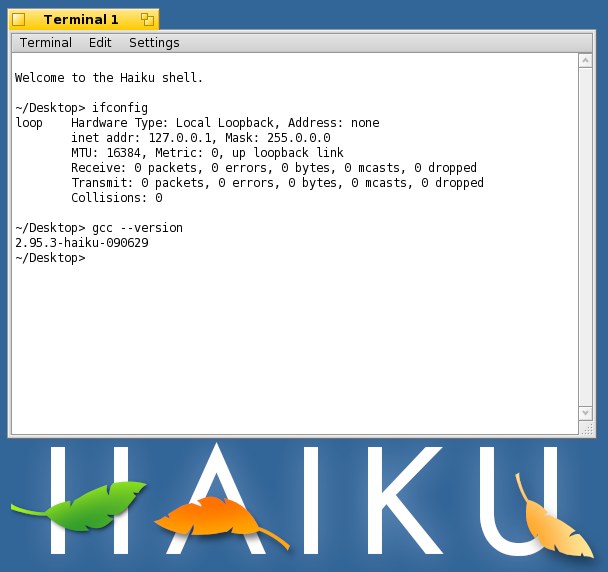FFmpeg crossed the 20,000 commit threshold today. Mans captured the distinction when he submitted an ARM NEON optimization for int32_to_float_fmul_scalar(). Does that warrant a prize? Diego presented the statistics:
It took 7 years to get to r10000, but only two more to get to r20000.
FFmpeg is approaching warp 6 :-)
Today was also the day I noticed that YouTube upgraded their backend conversion system somewhere along the line. Nearly 3 years ago, I started poking at YouTube to see what kind of multimedia files it can convert and cataloged my findings at the MultimediaWiki.
Today, I was clicking around on some of my old videos and noticed that this video which came from an Ogg Theora source now looks correct. Actually, according to the comments (and I receive enough between all my videos that I rarely pay attention to any of them), this was working over a year ago.
It’s interesting to note that this means that YouTube/Google keeps all of the source material that users upload. When it was time to recode, they obviously had to go back to the original material.
I found that CSCD, KMVC, 3iv2, ZMBV, and VP6 video codecs all work; Vivo files, Westwood v2 VQAs, Real files with RV40, and the bastardized FLIC files from The Magic Carpet are all fine as well; Wing Commander III MVE files, id CIN files, and Interplay MVE files all transcode with audio but with either missing or glitched video.
Sorry if I seem a bit sentimental about this but it all still amazes me. When I was writing the bulk of the subsystems for all manner of bizarre formats circa 2001-2003, I never could have imagined that there would be a website that would take the weird video formats as input and convert them to a standard video format for anyone to view.
